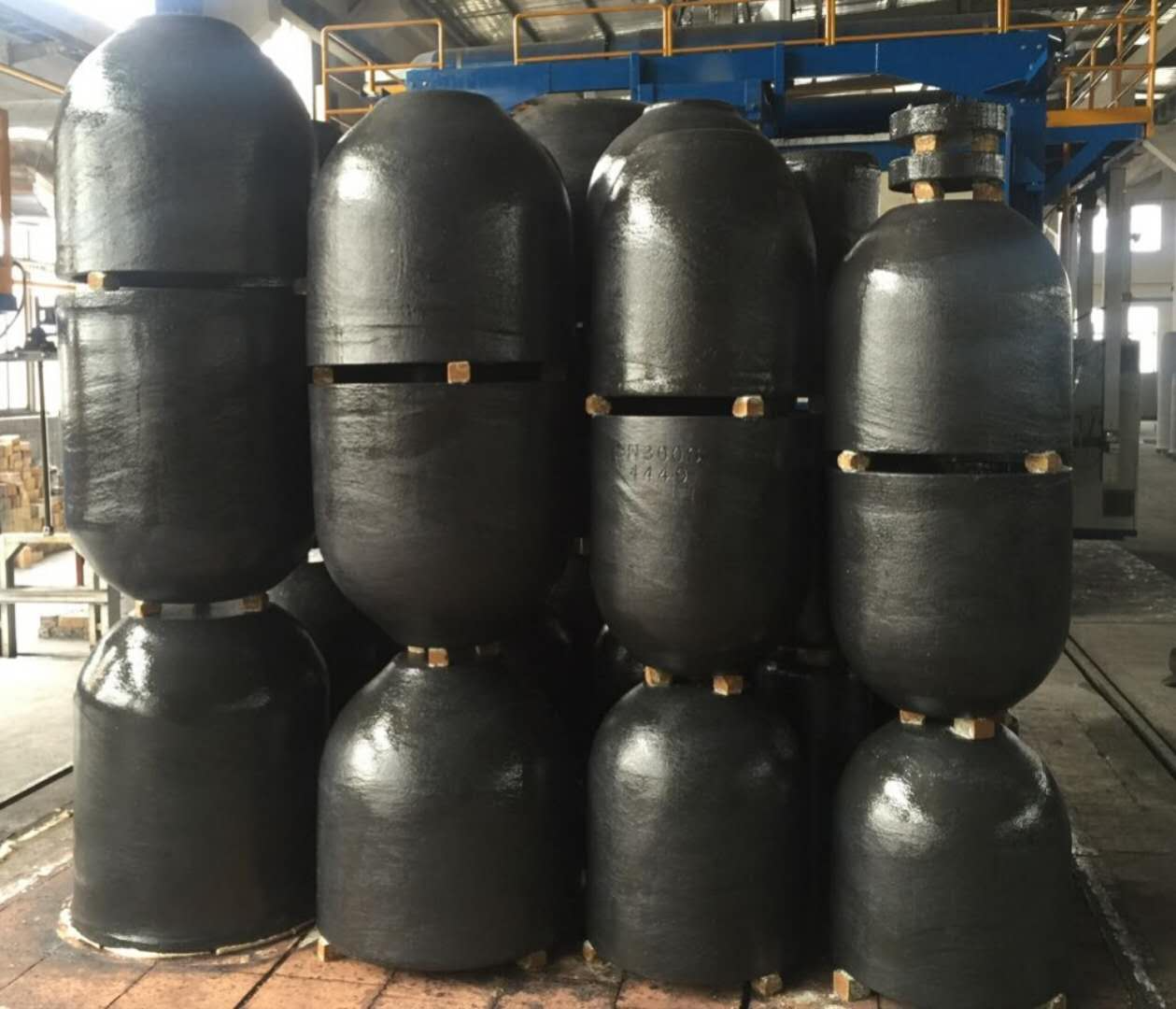
Overview
The graphite crucible is made from natural flake graphite as the main raw material, and is processed with plastic refractory clay or carbon as the binder. It has the characteristics of high temperature resistance, strong thermal conductivity, good corrosion resistance, and long service life. During high-temperature use, the coefficient of thermal expansion is small, and it has certain strain resistance performance for rapid cooling and heating. It has strong corrosion resistance to acidic and alkaline solutions, excellent chemical stability, and does not participate in any chemical reactions during the melting process. The inner wall of the graphite crucible is smooth, and the molten metal liquid is not easy to leak and adhere to the inner wall of the crucible, making the metal liquid have good flowability and casting ability, suitable for casting and forming various different molds. Due to the above excellent characteristics, graphite crucibles are widely used in the smelting of alloy tool steel and non-ferrous metals and their alloys.
Type
Graphite crucibles are mainly used for the melting of metal materials, which are divided into two types: natural graphite and artificial graphite.
1) Natural graphite
It is mainly made of natural flake graphite as the main raw material, with the addition of clay and other refractory raw materials. It is generally called a clay graphite crucible, while a carbon binder type crucible is made with asphalt as the binder. It is made solely by the sintering force of clay and is called a Hui clay binder type crucible. The former has superior strength and thermal shock resistance. It is used for the melting of steel, copper, copper alloys, and other non-ferrous metals, with various sizes and melting capacities ranging from 250g to 500kg.
This type of crucible includes accessories such as a skimming spoon, lid, joint ring, crucible support, and stirring rod.
2) Artificial graphite
The natural graphite crucibles mentioned above usually contain about 50% clay minerals, while the impurities (ash content) in artificial graphite crucibles are less than 1%, used for refining high-purity metals. There are also high-purity graphite that has undergone special purification treatment (ash content<20ppm). Artificial graphite crucibles are often used to melt small amounts of precious metals, high-purity metals, or high melting point metals and oxides. It can also be used as a crucible for gas analysis in steel.
Production process
The manufacturing process of graphite crucibles can be divided into three types: hand molding, rotational molding, and compression molding. The quality of the crucible is closely related to the process molding method. The forming method determines the structure, density, porosity, and mechanical strength of the crucible body.
Hand molded crucibles for special purposes cannot be formed using rotary or compression molding methods. Some special shaped crucibles can be formed by combining rotary molding and hand molding.
Rotary molding is a process in which a rotary can machine drives the mold to operate and uses an internal knife to extrude clay to complete the crucible molding.
Compression molding is the use of pressure equipment such as oil pressure, water pressure, or air pressure as kinetic energy, using steel molds as plastic tools for crucible forming. Compared with the rotary molding method, it has the advantages of simple process, short production cycle, high yield and efficiency, low labor intensity, low molding moisture, low crucible shrinkage and porosity, high product quality and density.
Care and preservation
Graphite crucibles should be protected from moisture. Graphite crucibles are most afraid of moisture, which can have a significant impact on quality. If used with a damp crucible, it can cause cracking, bursting, edge falling, and bottom falling, resulting in loss of molten metal and even work-related accidents. Therefore, when storing and using graphite crucibles, attention must be paid to moisture prevention.
The warehouse for storing graphite crucibles should be dry and ventilated, and the temperature should be maintained between 5 ℃ and 25 ℃, with a relative humidity of 50-60%. crucibles should not be stored on brick soil or cement ground to avoid moisture. The bulk graphite crucible should be placed on a wooden frame, preferably 25-30cm above the ground; Packaged in wooden boxes, wicker baskets, or straw bags, sleepers must be placed under the pallets, not less than 20cm above the ground. Placing a layer of felt on the sleepers is more conducive to moisture insulation. During a certain period of stacking, it is necessary to stack the lower layer upside down, preferably with the upper and lower layers facing each other. The interval between stacking and stacking should not be too long. Generally, stacking should be done once every two months. If the ground moisture is not high, stacking can be done once every three months. In short, frequent stacking can achieve good moisture-proof effect.
Post time: Sep-13-2023
